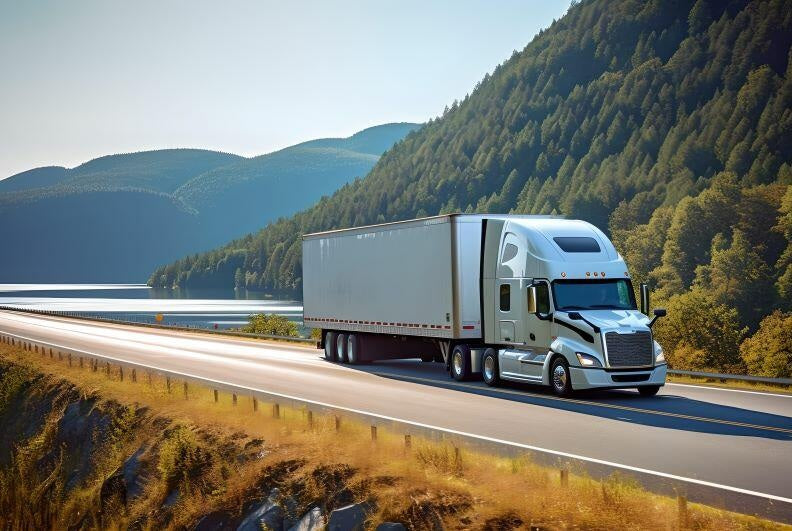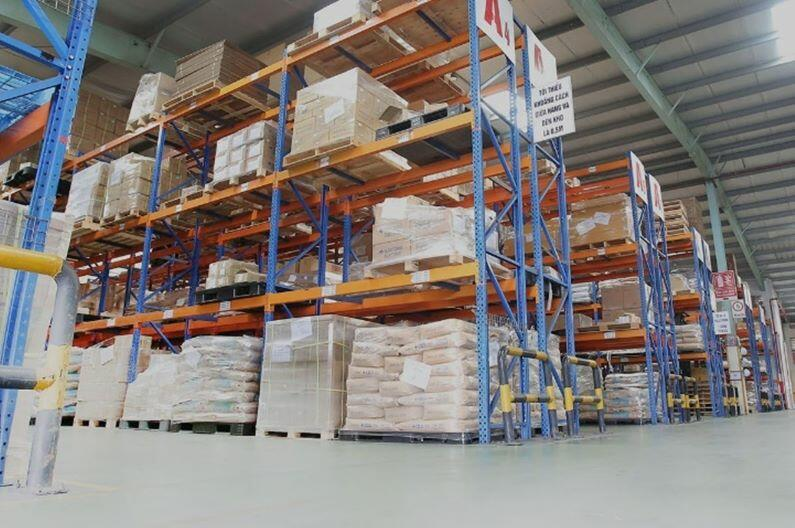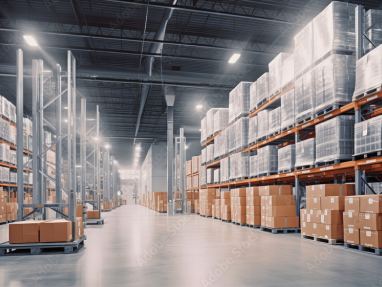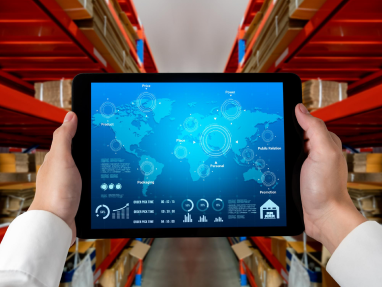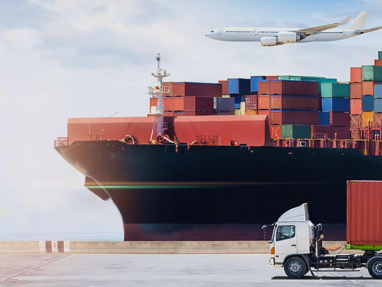What is Transloading?
Features and Case Studies of Suzuyo’s Emergency Transport Services in the U.S.
The United States is a vast country, with approximately 4,000–5,000 kilometers separating the East Coast and the West Coast. Transporting goods from West Coast ports, such as Los Angeles, to inland cities like Chicago requires significant time and planning.
In recent years, changes in the U.S. logistics landscape have resulted in lengthened lead times for shipments to reach customers. One efficient solution to address these challenges is transloading. In this article, we’ll explore the features of transloading and how it plays a critical role in Suzuyo America’s emergency transport services.
Table of Contents
1. The Changing Logistics Environment in the U.S.
2. Suzuyo America’s Emergency Transport Services
3. What is Transloading?
4. Examples of Transloading in Action
5. Summary
The Changing Logistics Environment in the U.S.
In recent years, cargo volumes at U.S. ports have been increasing more than ever before. Combined with policy changes, this has led to increased congestion at ports, and longer delivery lead times have become a major problem.
This situation increases the risk of procurement delays, inventory shortages, and even production line shutdowns, potentially impacting companies' production and sales activities.
Given these circumstances, it’s crucial to closely monitor the increasingly challenging U.S. logistics environment and have readily available solutions to respond quickly.
Suzuyo America’s Emergency Transport Services
To address urgent transportation needs arising from these extended lead times, Suzuyo America offers the following emergency transport services:
(1) Transloading Services for Ocean Containers
This service involves transferring containers from ports to trucks for delivery, bypassing rail delays.
(2) UPS Preferred LCL (Less-than-Container Load)
This service integrates ocean LCL transport with UPS’s North American network and customs clearance. It delivers cargo to your facilities faster than traditional LCL services.
(3) UPS World Wide Express Freight (WWEF)
This service delivers urgent pallet-sized shipments directly to your facilities.
(4) UPS Express Critical
This service combines optimal transportation methods, including air and truck transport, to deliver time-sensitive cargo, offering tailored solutions based on customer’s specific deadlines.
Note: Suzuyo has a strategic partnership with UPS, a world-leading logistics company, and leverages their U.S. network to provide emergency transport services (2) through (4). Please contact us via our inquiry form for more details.
In the following section, we will take a closer look at our transloading service (1), which has seen increased demand due to recent port congestion.
What is Transloading?
Transloading involves transferring ocean containers at ports directly to trucks for cross-country delivery to customers (2 in the below diagram), as opposed to the traditional method of transferring to rail for inland shipping (1 in the below diagram). The key benefit is a substantial reduction in delivery lead times.
Examples of Transloading in Action
Customer Overview
・Industry: Manufacturing
・Products: Automotive parts
・Logistics Volume: 10-20 containers per month
Customer Challenges
Delivery Delays Due to Port Congestion
Under normal circumstances, cargo took 3 days to transfer from ship to rail and 9 days to transport. However, port congestion caused transfer times to escalate to between one week to one month, with extreme cases experiencing during peak congestion, delays stretched from 1 week to 1 month, and in extreme cases, up to 3 months.
Suzuyo Transloading Solutions
Significant reduction in transit time
Transloading reduced the transfer time to approximately 1 day and the deliveries from the West Coast ports to major inland cities like Chicago were completed in only 3 days. Even factoring in the time to arrange trucks at the port, transloading significantly shortened the overall lead time compared to rail transport.
Summary
As outlined in the beginning, the U.S. logistics landscape is constantly changing. In such a dynamic environment, emergency transport solutions like transloading play a vital role in managing delivery timelines and avoiding port congestion.
Recent labor shortages and prolonged labor negotiations have led to frequent port congestion, making timely deliveries through traditional rail transport increasingly difficult. Suzuyo’s transloading services enable shorter lead times and improved delivery reliability, meeting customers' urgent logistics needs.
With ongoing risks of delays in ocean container transport, the demand for emergency logistics services is expected to grow. We encourage you to explore the benefits of Suzuyo’s transloading services to address your logistics challenges and ensure timely, efficient deliveries!

